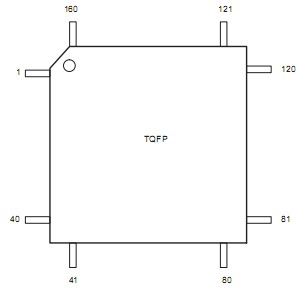XCR3320: 320: Features: • 320 macrocell SRAM based CPLD• Configuration times of under 1.0 second• IEEE 1149.1 compliant JTAG testing capability - Five pin JTAG interface - IEEE 1149.1 TAP contro...
floor Price/Ceiling Price
- Part Number:
- XCR3320: 320
- Supply Ability:
- 5000
Price Break
- Qty
- 1~5000
- Unit Price
- Negotiable
- Processing time
- 15 Days
SeekIC Buyer Protection PLUS - newly updated for 2013!
- Escrow Protection.
- Guaranteed refunds.
- Secure payments.
- Learn more >>
Month Sales
268 Transactions
Payment Methods
All payment methods are secure and covered by SeekIC Buyer Protection PLUS.

 XCR3320: 320 Data Sheet
XCR3320: 320 Data Sheet





